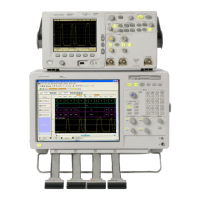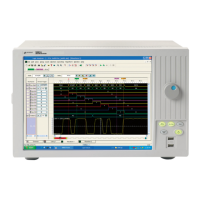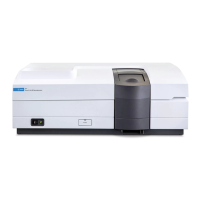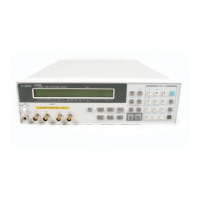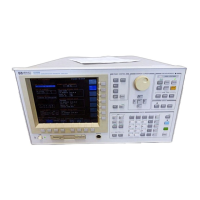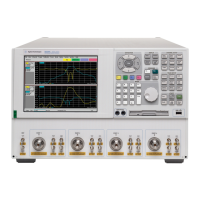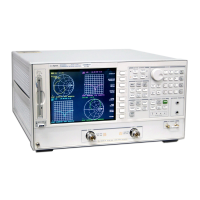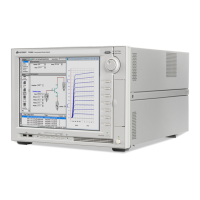Theory of Operation 8
16900A, 16902A, and 16903A Service Guide 127
Overtemp monitor
A temperature monitoring circuit protects the instrument
from thermal damage due to things such as failed fans or
blocked frame vents. The circuit first notifies the CPU of a
problem which then prompts the user with a warning
message and initiates a soft power down. If the soft power
down fails, a forced power down is initiated after about two
minutes.
Fan control
The instrument uses a pair of 24 V fans driven from a
DC/DC boost converter circuit. This circuit creates a linear
voltage ramp from 12 V to 24 V across the operating
temperature range. The purpose of this circuit is to increase
air flow as needed while maintaining the lowest possible fan
noise.
16903A I/O (Input/Output) Board
Top level function
The 16903A I/O board is a simple passive board for the I/O
connectors. It connects back to the main MIB board where
the interface logic is located.
Target control port
The target control port consists of eight bi- directional LVTTL
lines driven from the FPGA through 51 Ω series dampening
resistors. These lines are configured by the user as either
READ or WRITE lines and are used for basic system
monitoring and control (for example, driving a target system
reset line or monitoring system power on).
Trigger IN/OUT
These two BNCs function as an external trigger out and arm
in signaling between frames or other test equipment. The
TRIGGER OUT is a simple 3- state LVTTL 50 Ω line drive
circuit. TRIGGER IN (ARM) is complicated by the need to
handle variable threshold levels. The circuit consists of a
programmable 12- bit DAC and comparator. This combined
with a level shift and divide circuit allows for a +-5 V input
range, 200 mV minimum swing, and 50 mV threshold steps.

